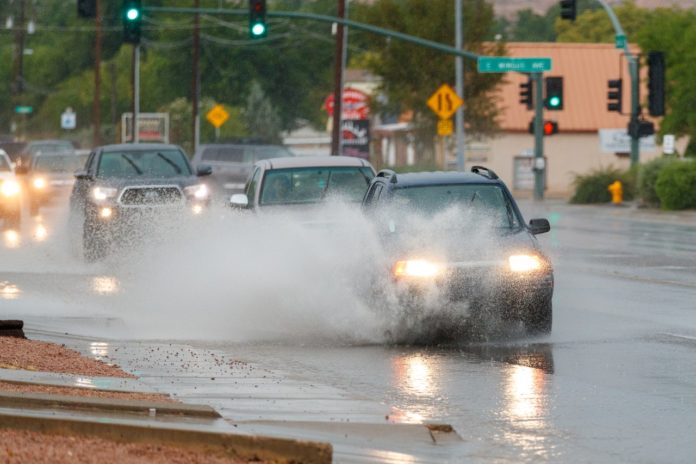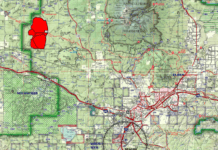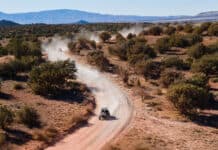
The recent rain and increased humidity is shifting concerns from fire danger to flash flooding for public land managers.
Coconino National Forest and Sedona Fire District lifted all fire restrictions on July 16. Kaibab and Apache-Sitgreaves National Forests have also lifted fire restrictions. The agencies still have temporary road and area closures near the Rafael and Backbone Fire burn areas.
Lifting the fire restrictions allows campfires again in Coconino National Forest, but Prescott and Tonto National Forests, as well as unincorporated parts of Yavapai County, remain in Stage I restrictions as of press time, which means fires are only permitted in developed recreation areas in those jurisdictions. Stage I restrictions also limit smoking to vehicles or buildings, developed sites or barren areas cleared of vegetation.
There is also a standing order for the entire Southwestern Region of the U.S. Forest Service prohibiting the possession or ignition of fireworks, using explosives or using combustion engines without a spark arresting device. That order is in effect year-round.
The relaxing of fire restrictions is a big change from earlier this month, when USFS implemented rare full forest closures in multiple forests surrounding Sedona.
Sedona Red Rock News asked Brian Steinhardt, zone fire management officer for Coconino and Prescott National Forests, how the recent monsoon activity is affecting the land from a fire science perspective.
“The greatest impact the monsoonal moisture has on the fire season is the combination of actual rain received and the higher relative humidities; they effectively remove the finer fuels [grasses/forbs] from being able to ignite and sustain fires, thereby reducing fire danger immediately,” Steinhardt said. “Without the finer fuels, the larger fuels are almost impossible to ignite, minus a lightning strike. The lightning-struck tree that burns will typically be confined to the individual tree as the surface fuels are too wet to carry fire.”





















